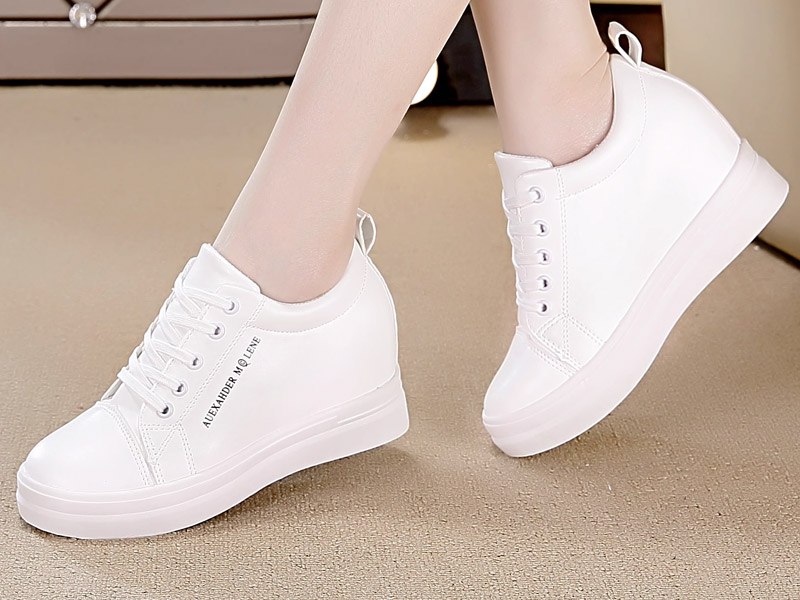Polyurethane (PU) microporous elastomer sole materials have been industrialized in Europe since the late 1960s, then entered the US market in the 1970s, and have developed rapidly worldwide since the 1980s. The soles made of this microporous polyurethane elastomer are known for their high strength, good elasticity, comfort, wear resistance, folding resistance, oil resistance, corrosion resistance, light weight and non-slip properties, can effectively cushion ground impact, and can be made in a variety of colors and styles.
The main application scope covers leather shoes, cross-country ski shoes, sandals, slippers, sports shoes, travel shoes and safety shoes with anti-static and oil resistance characteristics.
Detailed production process:
1. Preparation of PU sole liquid
PU sole solution is divided into polyester type and polyether type two categories, the current polyester type system is mainly. Polyester PU sole solution is usually prepared by prepolymer method or semi-prepolymer method, which can be made into a two-component or three-component system.
Component A consists of a part of polyester, chain extender, foam stabilizer and foaming agent, etc., which is prepared by mixing evenly 40e~70e and then standing degassing. In an all-water foaming system, the foaming agent is water, and the moisture content in component A needs to be precisely determined, usually about 0.4%.
The B component is a prepolymer of terminal isocyanate obtained by the reaction of some polyester polyols with isocyanate, and the relative molecular weight of polyester is controlled between 1500 and 2000. In the selection of isocyanate, the ratio of pure MDI to liquefied MDI was 19:1. During the reaction process, a small amount of inhibitors should be added to prevent side reactions, and the temperature should be kept for 2 to 3 hours to control the NCO% at about 19%.
Group C is divided into catalysts and added to component A to form a two-component stock solution. The three-component system is suitable for making two-color, low-hardness sports shoes and low-density sandals.

2, PU sole molding process
PU sole molding is usually formed by low pressure casting molding or high pressure casting molding, and in some cases, injection molding is also used. Molding equipment mainly includes sole pouring machine. The normal pressure pouring equipment of polyester PU molding is mainly composed of pouring machine, ring or turntable drying channel. Since the A and B components in the PU sole solution are liquid and the mixing reaction is violent, the accurate measurement of the equipment and the mixing uniformity of the components are two key factors affecting the product performance. For two-color soles, they are molded using a two-color casting machine, usually using a mold with an external intermediate plate, and are poured twice and cured by heat.
Through these fine production processes, polyurethane sole materials occupy an important position in the footwear market with their excellent properties and diverse applications.